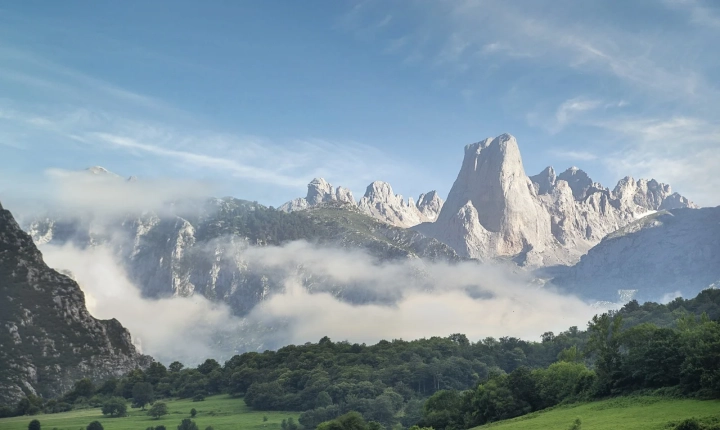Title: Exploring the Intricacies of AI Art Programs and How They Work
Artificial intelligence (AI) has been making significant strides in various fields, including art and creativity. AI art programs have gained increasing popularity in recent years, with the ability to emulate human artists’ styles and create visually striking pieces. But how exactly do these AI art programs work? Let’s delve into the intricacies of AI art generation and understand the underlying technology that powers these innovative tools.
Generative Adversarial Networks (GANs) and Neural Networks
One of the key technologies behind many AI art programs is Generative Adversarial Networks (GANs). GANs consist of two neural networks—an artist (generator) and a critic (discriminator)—that work in tandem to create and evaluate art. The generator creates new images based on input data, while the discriminator distinguishes between real and generated images.
The training process involves the generator attempting to produce images that are indistinguishable from real art, while the discriminator learns to become more accurate in distinguishing generated images from real ones. This back-and-forth process results in the generator producing increasingly realistic art, and the discriminator becoming more discerning, ultimately leading to the generation of high-quality art.
Neural networks play a crucial role in AI art programs. These networks, inspired by the structure of the human brain, consist of interconnected nodes that process and analyze visual data. Through a process called deep learning, neural networks can identify patterns, learn from examples, and generate new art based on the knowledge acquired during the training phase.
Style Transfer and Image Manipulation
AI art programs often employ style transfer techniques to create art in the likeness of famous artists or specific artistic styles. By utilizing deep neural networks, these programs can extract the visual style of a reference image and apply it to a target image, resulting in a new piece of art that mimics the style of the original.
Furthermore, AI art programs can manipulate and transform images to create visually captivating compositions. Through image processing algorithms and neural network-based techniques, these programs can enhance, distort, or combine images to produce unique and aesthetically pleasing artwork.
Data and Training
The quality of art generated by AI art programs heavily relies on the data used to train the neural networks. Large datasets of artwork spanning various styles and genres are essential for teaching the AI models to recognize and replicate artistic elements effectively. Curating diverse and extensive datasets ensures that AI art programs can produce a wide range of art styles and compositions.
Additionally, the training phase of AI art programs involves iteratively adjusting the neural network’s parameters to minimize the difference between the generated art and the real artwork in the training dataset. This process, often requiring substantial computational resources, enables the neural network to refine its ability to create art that closely resembles the styles it has learned from the training data.
Ethical Considerations
While AI art programs showcase remarkable creative capabilities, ethical considerations regarding the originality and ownership of the generated art have surfaced. Questions surrounding the attribution of AI-generated art and the ethical use of existing artwork as training data continue to be topics of debate within the artistic and technological communities.
Furthermore, as AI art programs become more sophisticated, the potential for misuse, such as generating counterfeit artwork or deceptive visual content, necessitates the establishment of ethical guidelines and regulations to ensure responsible and ethical use of AI-generated art.
The Future of AI Art Programs
AI art programs continue to evolve, offering novel ways for artists, designers, and creators to explore new artistic expressions and workflows. As advancements in AI and machine learning technologies progress, we can anticipate further innovations in AI art generation, including enhanced realism, interactive art generation tools, and the integration of AI into various creative disciplines.
Moreover, the intersection of AI art and human creativity presents opportunities for collaboration and co-creation, where AI can serve as a tool for augmenting human artistic capabilities, inspiring new forms of expression, and fostering interdisciplinary collaborations across the realms of art, technology, and culture.
In conclusion, AI art programs leverage sophisticated technologies such as GANs, neural networks, style transfer, and image manipulation to emulate artistic styles and produce visually compelling artwork. The ethical considerations surrounding AI-generated art call for mindful and responsible integration of AI technologies within the art community. With ongoing developments in AI and creative computing, the future of AI art programs holds promise for enriching artistic endeavors and reshaping the landscape of visual art and creativity.
